In recent years, Apple has released some of the most iconic advertising photographs of all time, and many were created using a surprisingly simple tool: the shot list. As the renowned commercial photographer Peter Belanger has said, the team at Apple always provides well-developed shot lists, so they always get the pictures they need, and there’s nothing left to chance on the day of the shoot.
While few clients have the resources you’d find at Apple, a shot list is an integral and essential part of any commercial photographer’s toolkit. “Shot lists help ensure you capture what you want from a shoot without restricting your ability to improvise and get creative in the moment,” the 500px Team tells us. “They can help you organize your shoots, save you time, and further develop your ideas.” Read on to learn how you can easily implement them in your upcoming shoots, regardless of your subject, concept, or budget.
What is a shot list?
A shot list is a collection of essential pictures you need to capture on a shoot, created in advance as part of the planning process. If you’re working with a client directly, they might give you a shot list to follow—when you’re shooting for your Licensing portfolio, you can develop one on your own during pre-production to help you stay on track on the day of the session.
Shot lists can include close-ups and wide shots, wardrobe changes, lighting setups, locations and activities, and more. These are the bare bones of your photoshoot, the non-negotiable images you have in your mind before you arrive on set. Often, a shot list will also help dictate the props and equipment you’ll need. They’re meant to save you time and ensure you get a wide variety of compelling images on every shoot. For the modern commercial stock photographer, shot diversity is key, as you want to appeal to as many clients as possible.
Do some research
Research forms the foundation of any photography shot list, regardless of the genre. If you’re shooting a new location, for instance, you’ll want to check out key landmarks and hotspots; if you’re shooting a fashion set, you might want to pull trending images for posing ideas. Whatever your subject, take a look at 500px and Getty Images to see what other photographers have shot, and start brainstorming ways to improve upon and stand out from what’s already on the market.
Another place to start is on the 500px blog. We recently covered some trending topics to watch for in 2021, and you can find updated articles every month to learn more about what kinds of images are popular and in-demand. Recently, 500px also released a monthly shot list as part of their Licensing Contributor Newsletter; you can sign up by opting in for ‘Licensing News’ in the Email Notifications section of your 500px Profile Settings. The shots on your list are ultimately up to you, but tracking the trends can help you create more marketable images.
Based on your research, you’ll likely start your shot list with general, trending topics, and then you’ll get more specific as the list grows. Take a look at advertising images in magazines and blogs for more inspiration, and don’t be afraid to get granular in terms of composition, lighting setups, and scenarios you want to shoot. Making a shot list is part of the creative process, so have fun with it.
Learn to prioritize
Photoshoots almost always go faster than expected, so keep your shot list realistic and don’t overload yourself. You want variety, but you also want to ensure you have enough time to properly execute every shot. It can help to organize your shot list by priority, with separate sections for must-haves, nice-to-haves, and extras.
Only include as many shots as you can reasonably expect to produce given your time constraints, leaving plenty of buffer time for shooting improvised, unplanned photos that didn’t make it onto the list. You can also remove any shots that seem too similar to one another. Prioritize the shots you know you can get, based on the availability of models, props, locations, etc.
When organizing your list, it can also help to use a shot list template; you can find several online, with columns for location, cast, type of shot, shot size/angle, framing, and more. You can also include a section for notes, descriptions, props, and more. If you can’t find the perfect template, feel free to create a spreadsheet of your own, tailored to your needs. Some photographers choose to format their shot lists like a schedule, with clear timelines for each shot.
Share your list
Shot lists, like mood boards, are fantastic tools for helping your clients or collaborators (models, makeup artists, stylists, etc.) visualize what you want from the shoot. Communicating early and often is the key to a seamless, successful shoot, so share your shot list, and ask if your team would like to add anything of their own—they might have ideas you overlooked.
If you can include visual references, like photos, sketches, or illustrations, even better. Help them visualize the look and feel of the shoot before they set foot on the location.
For an efficient workflow, consider sending your shot list with other essential materials like model-releases, wardrobe guides, and mood boards. Have everything in one place, and make it easy for your team to prepare for the shoot. Communicate clearly and openly so that no one leaves the shoot disappointed or without the images they want.
Keep an open mind
Shot lists are meant to be inspiring rather than limiting, and you can always go “off-book” after you’ve grabbed your essential shots. Your shot list is a foundation and a point of departure, not the be-all and end-all of your entire shoot.
We can’t overstate the importance of scheduling more time for the shoot than you think you need, as transitioning from one shot to the next might take more time than you anticipated. Even after you’re done with the list, you’ll also want to keep shooting. As the shoot progresses, the shots on your list are likely to inspire and generate new ideas, so trust your creative instincts.
Often, the best photos from a session are also the most unexpected, so give yourself extra time to play with new ideas and settings. This step is doubly important if you’re shooting lifestyle images, where you want candid, spontaneous moments rather than formal poses. Give your models and collaborators the freedom to move and experiment, and give yourself permission to go off-script and follow inspiration as it comes.
Not on 500px yet? Click here to learn about Licensing with 500px.

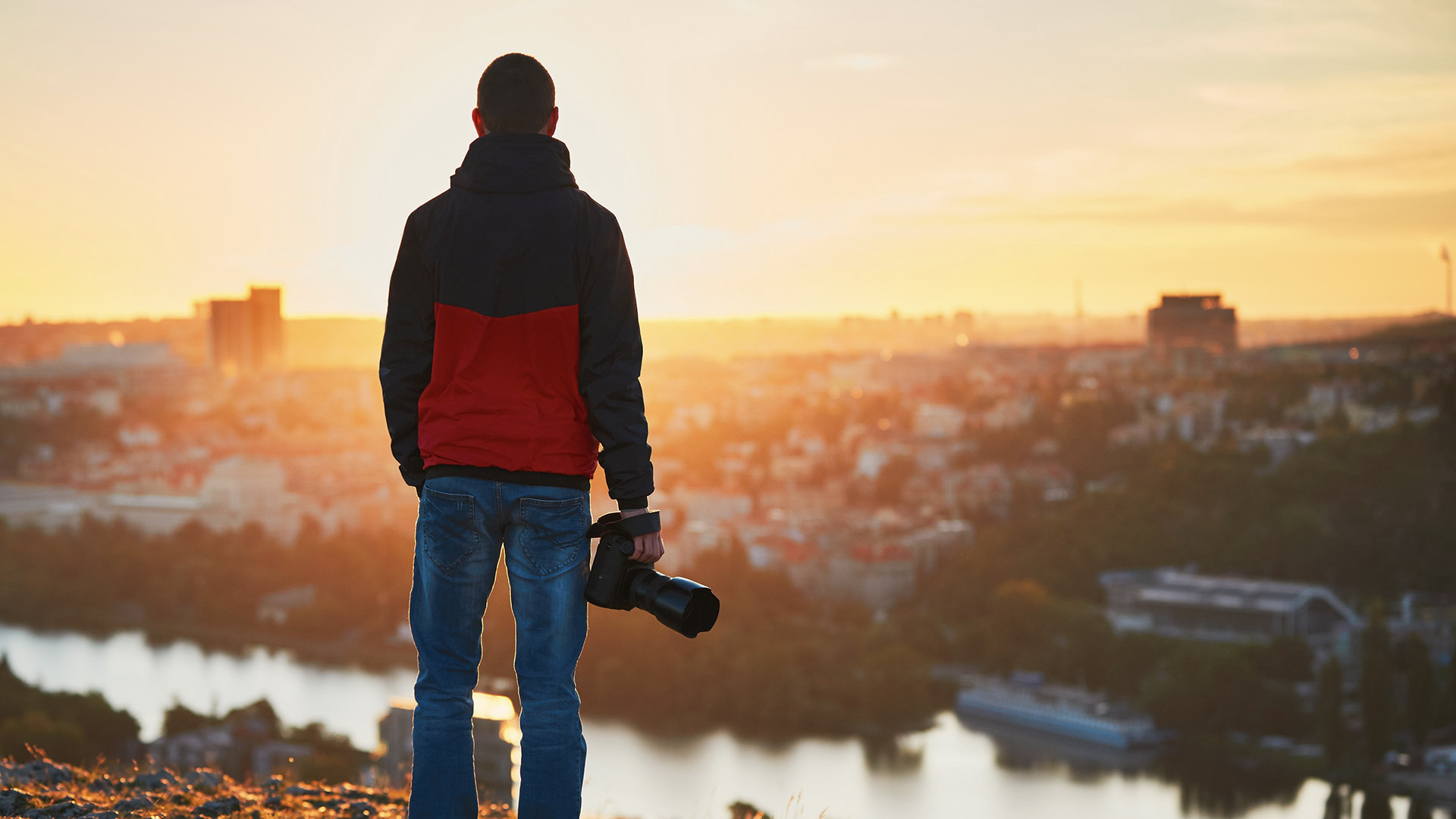



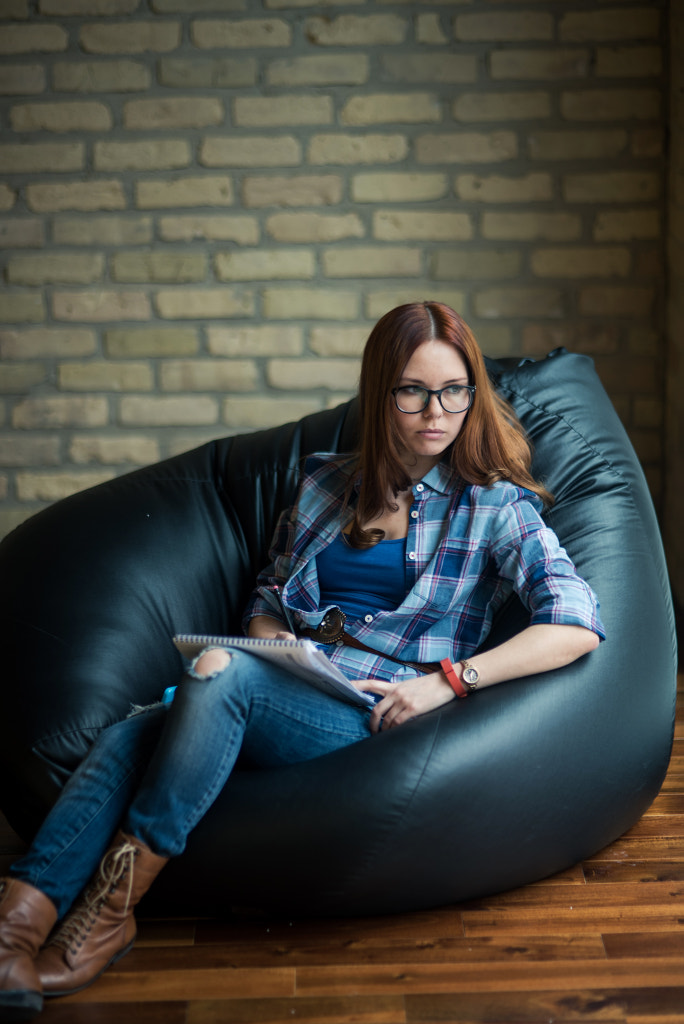
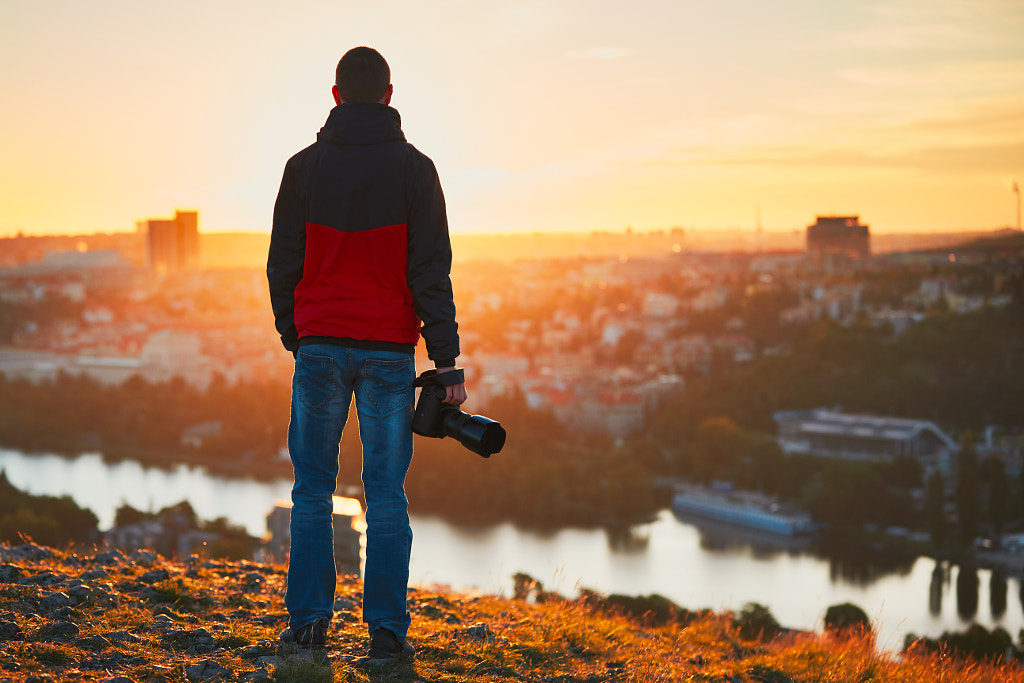

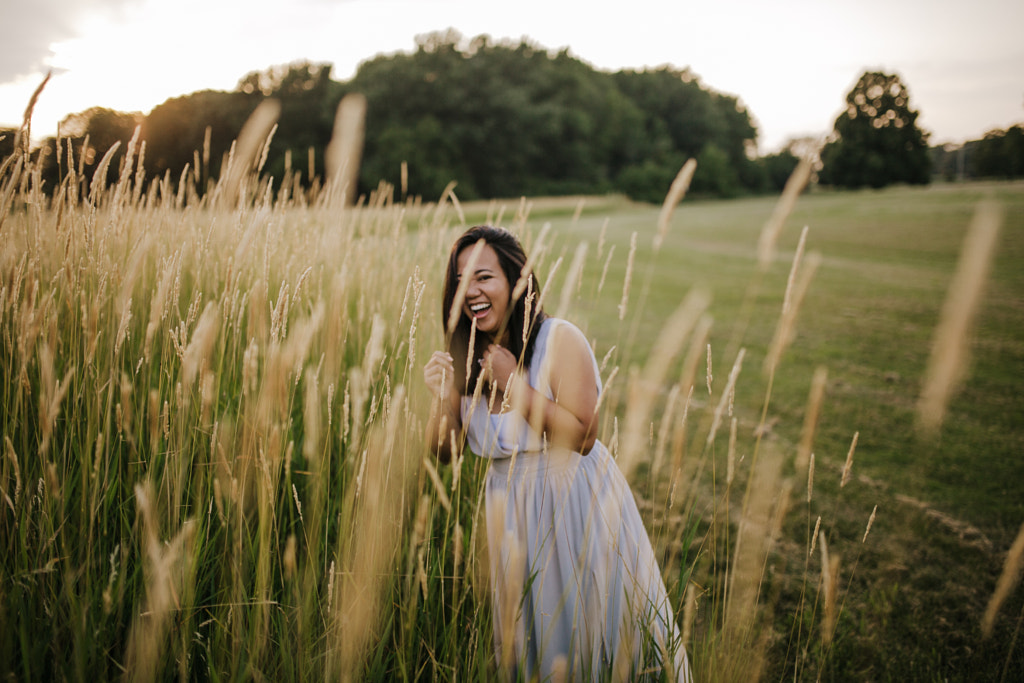

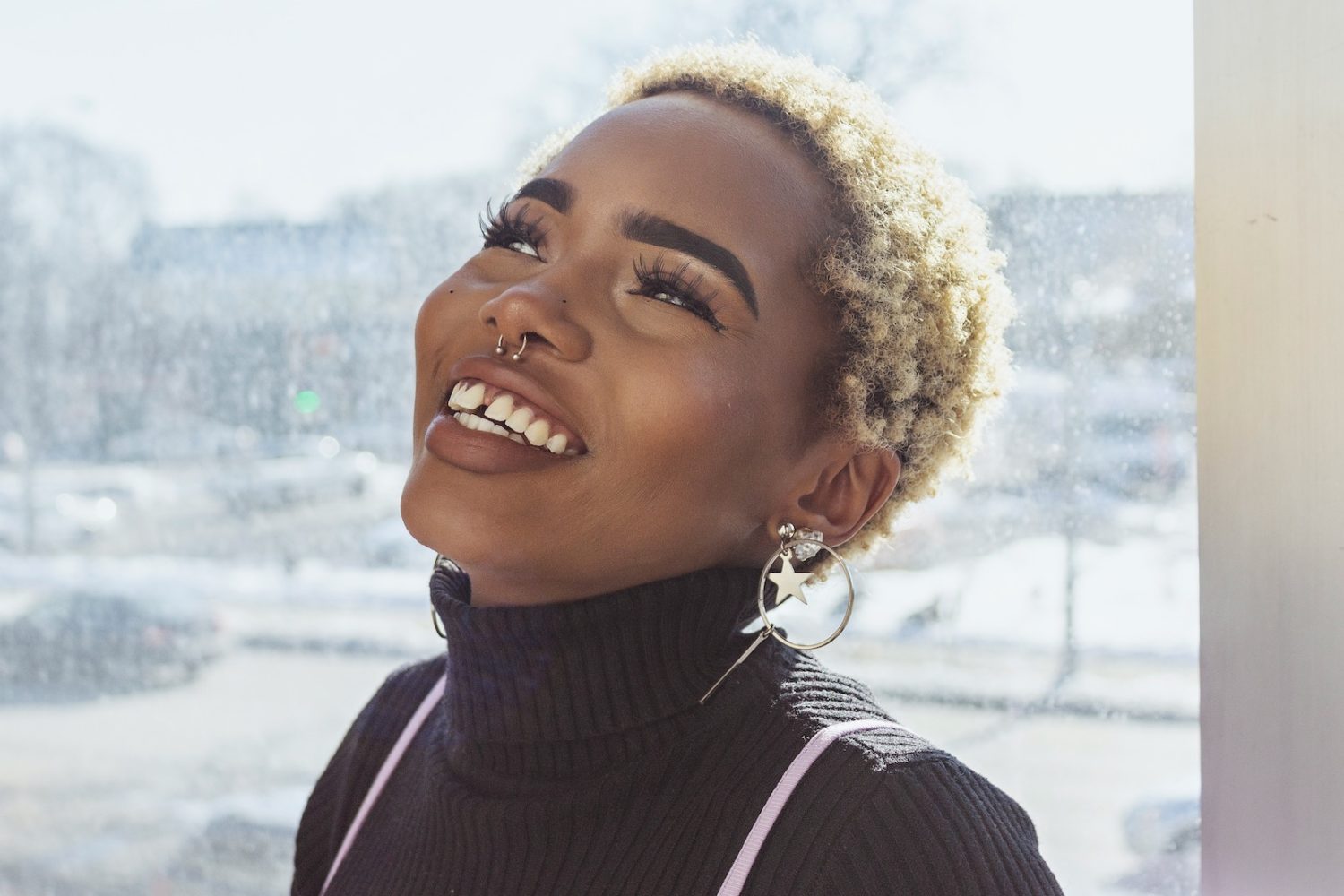
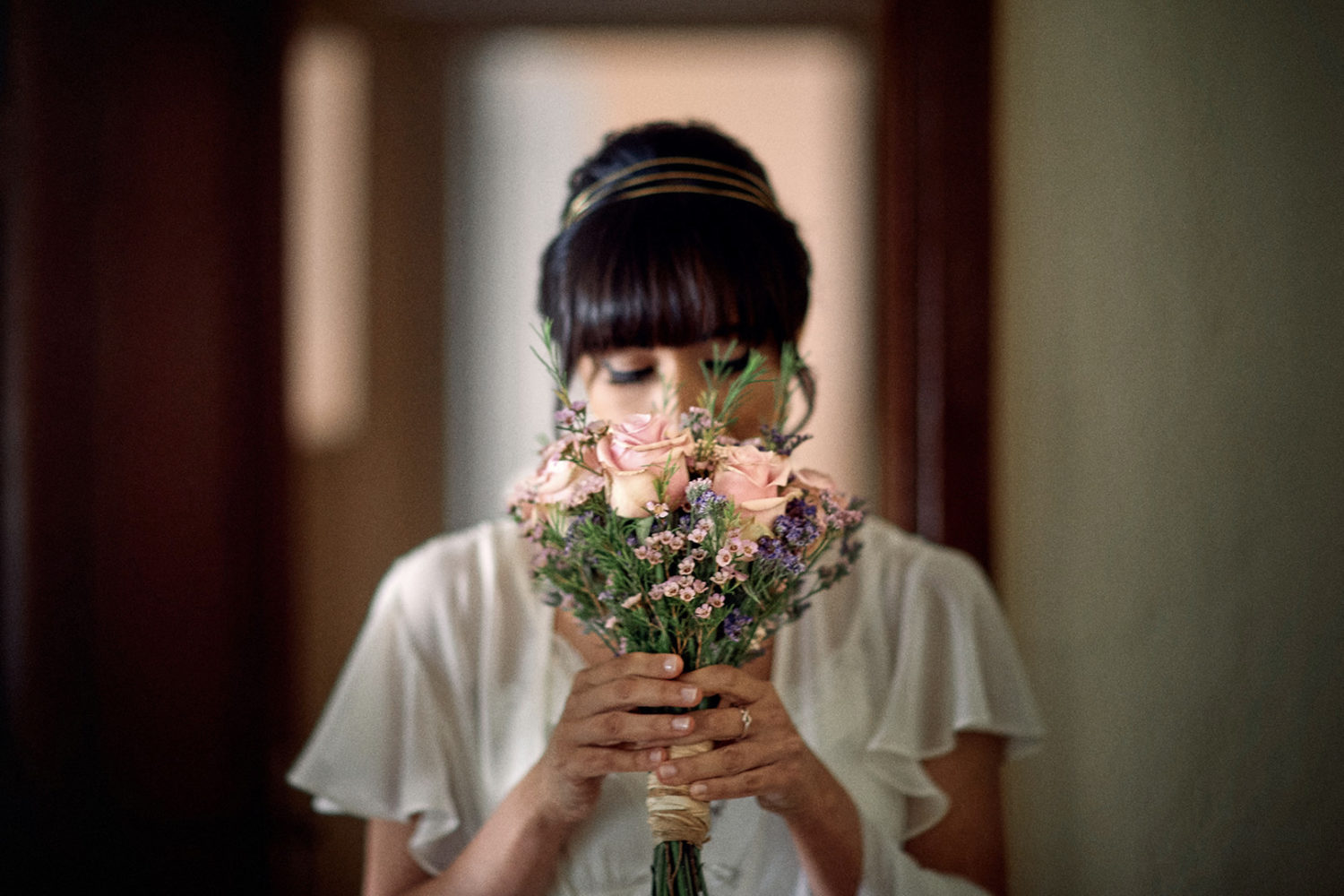



Leave a reply